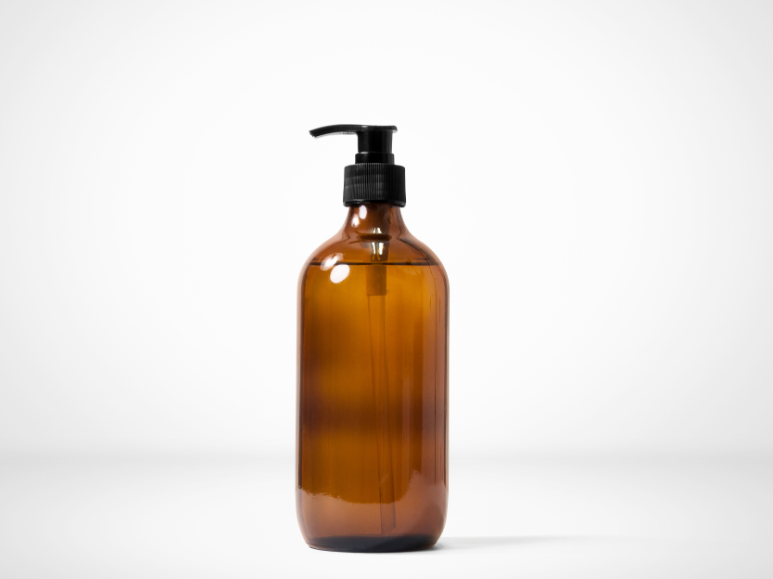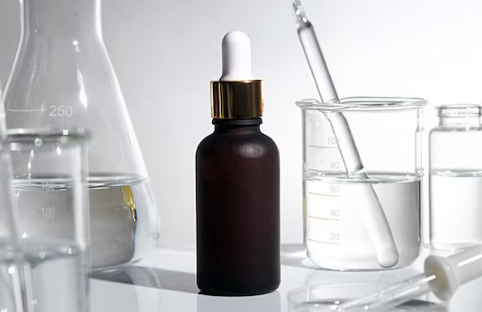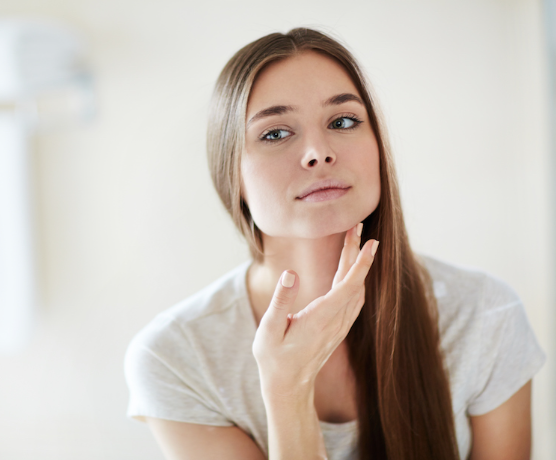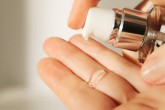Table Of Content
Phenoxyethanol in Skin Care: What You Need to Know
Phenoxyethanol might not be the first preservative that comes to mind when thinking about skincare, but it's gaining traction. With the rise of "paraben-free" products, you may have noticed phenoxyethanol making its way onto ingredient lists. Given the ongoing debate about parabens, it's natural to question the safety of this less familiar preservative.
Originally stepping into the spotlight as parabens fell out of favor, phenoxyethanol is now a common presence in various products. However, as trends shift, it seems like it could be the next ingredient facing scrutiny. But is it worthy of joining the ever-expanding list of skincare components to avoid?
Before we dive into the specifics, let's quickly understand what phenoxyethanol is. It's an ether alcohol, naturally derived from green tea but often produced synthetically. In the realm of cosmetics, it serves as a preservative, solvent, and antimicrobial agent. Appearing as a colorless liquid, phenoxyethanol is a common addition to a wide array of makeup products and skincare products, including cleansers, moisturizers, serums, and creams.
So, we delved into research to illuminate this increasingly prevalent skincare ingredient. Keep reading to discover all you need to know about phenoxyethanol.
What Are The Benefits of Phenoxyethanol In Skincare?
Phenoxyethanol isn't incorporated into skincare products for its direct impact on the skin; rather, it serves as a preservative to guard against bacterial contamination. Its antimicrobial properties make it highly effective in preventing the proliferation of fungi, bacteria, and yeast within a product formula. The inclusion of preservatives not only ensures product safety but also extends the shelf life of skincare items. Phenoxyethanol contributes to product stability as it remains unreactive with other ingredients, air, or light, offering robust protection against pathogens in a diverse range of products.
Is There Any Side Effects of Phenoxyethanol In Skincare?
However, it's essential to be aware of potential side effects. Ingesting phenoxyethanol can be toxic for infants, suppressing their central nervous system. Consequently, it's advised to steer clear of products containing this preservative for infants. For adults, the possible side effects of topical application are generally less severe, despite occasional misleading information circulating online. While extravagant health claims are unfounded, some individuals may find phenoxyethanol irritating—though this applies to most preservatives.
Although rare, phenoxyethanol can lead to skin irritation and allergic reactions in predisposed individuals. If you have a tendency toward eczema or sensitive skin, it's advisable to either avoid products containing phenoxyethanol or conduct a self-patch test first. To test for a reaction, apply a small amount of the product to the same spot on your upper arm twice a day for three days, observing your body's response. If any adverse reactions occur, discontinue use and consult your dermatologist.
How To Use Phenoxyethanol in Skin Care?
For those without allergies to the ingredient, phenoxyethanol can be safely incorporated into daily skincare routines through various products. The timing and placement in your routine depend on the specific product in use, given its widespread inclusion across different skincare formulations.
Final Takeaway
So, now that you know it’s a worthy skincare ingredient to incorporate in your beauty routine, get your hands on every skincare product that contains this ingredient to make the most out of its benefits and keep in mind what to avoid to get reactions.
Phenoxyethanol plays a crucial role in extending a product's shelf life, thwarting the development of bacteria, mold, and fungus, and ensuring the stability of cosmetics. Despite contributing to product integrity, it doesn't offer any specific benefits for the skin itself. Generally considered safe in modest concentrations, phenoxyethanol emerged as an alternative preservative after parabens faced criticism in the skincare realm. Particularly adept at curbing bacteria proliferation in cosmetics and maintaining the stability of product formulations, phenoxyethanol has become a go-to choice in the post-paraben era.
Author









Top 10 Travеling Tips for Pеt Ownеrs
Best Body Washes For Dry Skin Under $50
8 Best Moisturizers for Mature Skin
How to Curl Your Hair to Make Your Style Last
Barbie Tattoo Ideas for the Doll-Loving Ink Enthusiasts
Selena Gomez and Hailey Bieber Drama Takеs thе Spotlight In Entеrtainmеnt Nеws
Michael Kors Shoes: The Perfect Addition to Your Shoe Collection
Lululemon Yoga Mats: Which One Is Best for You?